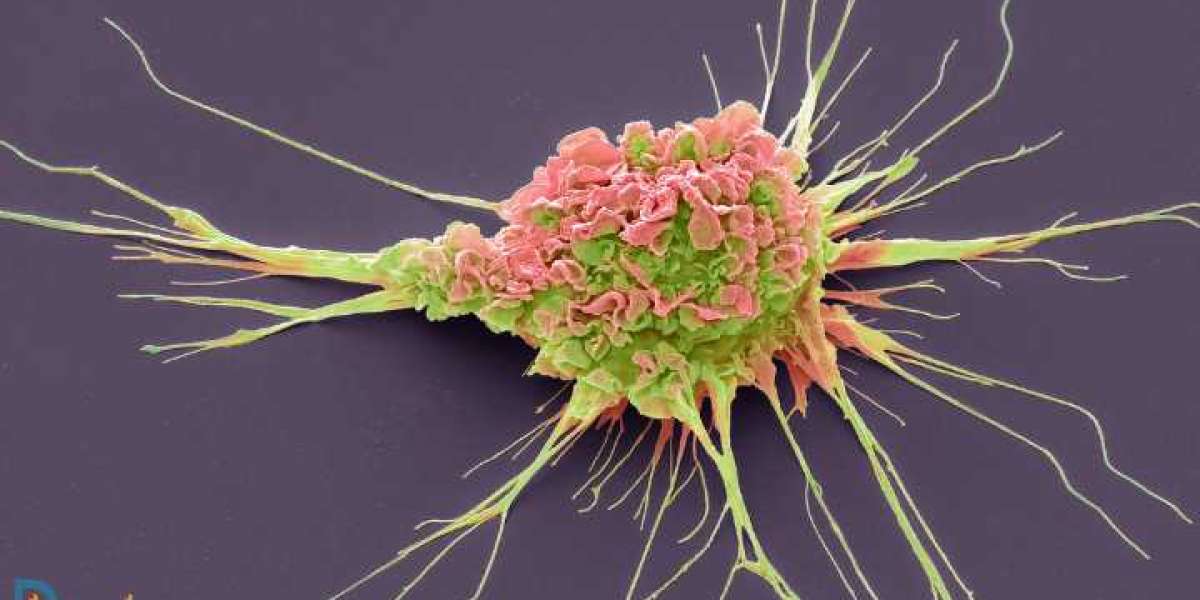Understanding HR-positive/HER2-negative Breast Cancer
HR-positive/HER2-negative breast cancer is often driven by hormone signaling, making hormone therapy a cornerstone of treatment. The management of this subtype typically includes:
- Endocrine Therapy: Commonly used agents include tamoxifen, aromatase inhibitors (e.g., anastrozole, letrozole), and selective estrogen receptor modulators.
- Chemotherapy: Used in combination with endocrine therapy for patients with high-risk features or advanced disease.
- Targeted Therapies: Emerging strategies are focusing on novel targets and pathways involved in cancer progression.
Latest Therapeutic Innovations
Recent years have witnessed substantial advancements in the treatment landscape for HR-positive/HER2-negative breast cancer. Key innovations include:
1. Novel Endocrine Therapies
- CDK4/6 Inhibitors: Drugs such as palbociclib, ribociclib, and abemaciclib have shown significant efficacy in combination with endocrine therapy, particularly in advanced stages of the disease. These agents inhibit cell cycle progression, enhancing the effectiveness of hormonal treatments.
- Aromatase Inhibitor Combinations: New combinations involving aromatase inhibitors with other agents are being explored to improve outcomes, especially in early-stage patients.
2. Combination Therapies
- Chemoendocrine Regimens: The integration of chemotherapy with endocrine therapy is being evaluated to maximize treatment efficacy. Clinical trials are assessing optimal combinations for specific patient populations.
- Immune Checkpoint Inhibitors: Although not standard yet, ongoing studies are investigating the role of immunotherapy in HR-positive/HER2-negative breast cancer, particularly in combination with hormonal therapies.
3. Targeted Therapeutic Approaches
- PARP Inhibitors: For patients with BRCA mutations, PARP inhibitors (such as olaparib) are showing promise as a targeted treatment option, offering a new avenue for patients previously limited by traditional therapies.
- Novel Agents in Development: Several innovative drugs targeting unique pathways related to hormone receptor signaling are in the pipeline, showing potential to further personalize treatment options for patients.
4. Advanced Imaging and Diagnostics
- Liquid Biopsy Technologies: Innovations in diagnostic methodologies, such as liquid biopsies, are enabling earlier detection and more personalized treatment approaches. These tests can identify circulating tumor DNA and assist in monitoring treatment response.
- Molecular Profiling: Enhanced understanding of genetic alterations associated with HR-positive/HER2-negative breast cancer is paving the way for tailored therapies based on individual tumor characteristics.
Market Growth Drivers
Several factors are contributing to the growth of the HR-positive/HER2-negative breast cancer market:
- Rising Incidence: The increasing number of diagnosed cases of HR-positive breast cancer is driving demand for innovative therapies.
- Growing Awareness: Increased awareness about the importance of early detection and effective treatment is leading to higher screening rates and treatment uptake.
- Regulatory Support: Expedited approvals for new therapies and ongoing clinical trials are fostering a robust pipeline of potential treatments.
Challenges and Opportunities
Challenges
- Resistance Mechanisms: Some patients develop resistance to endocrine therapies, necessitating the need for novel agents and combination strategies.
- Healthcare Disparities: Access to the latest therapies can vary significantly based on geographic and socioeconomic factors, impacting patient outcomes.
Opportunities
- Research Collaborations: Partnerships between pharmaceutical companies and academic institutions are crucial for advancing research and development in this area.
- Patient-Centric Approaches: Focusing on personalized medicine and targeted therapies presents a significant opportunity to improve outcomes and quality of life for patients.
Conclusion
The HR-positive/HER2-negative breast cancer market is poised for significant growth driven by innovative therapeutic developments, improved diagnostics, and a deeper understanding of the disease biology. As researchers and clinicians continue to explore new treatment modalities, the landscape of HR-positive/HER2-negative breast cancer will evolve, offering hope for better patient outcomes and survival rates. With ongoing advancements, there is a promising future for individuals affected by this subtype of breast cancer.
Latest Reports
Head And Neck Squamous Cell Carcinoma Market | Radioligand Therapies Market | Surgical Site Infections Market | Wound Closure Devices Market | Biliary Atresia Market | Binge Eating Disorder Market | Bladder Cancer Market | Capnography Device Market | Cardiac Biomarkers Testing Devices Market | Central Venous Catheters Market | Epilepsy Market | Gaucher Disease Market | Generalized Pustular Psoriasis Market | Healthcare Due Diligence Services | Hemodynamic Monitoring Systems Market | Implantable Infusion Pumps Market | Neuromodulation Devices Market | Neurostimulation Devices Market | Neurotrophic Keratitis Market | Post Traumatic Stress Disorder Market | Post-bariatric Hypoglycemia Market | Absssi Market | Acute Gout Flare Market | Adrenoleukodystrophy Market | Adult Myopia Market | Alopecia Areata Market | Alpha-mannosidosis Market | Androgenetic Alopecia Market | Anemia In Ckd Market | Anterior Cruciate Ligament Injuries Market | Artificial Lung Devices Market | Automated External Defibrillators Market | Biochips Market | Cardiac Amyloidosis Market | Carpal Tunnel Syndrome Market | Centronuclear Myopathy Market | Chronic Rhinosinustis Market






